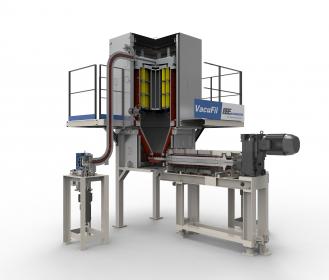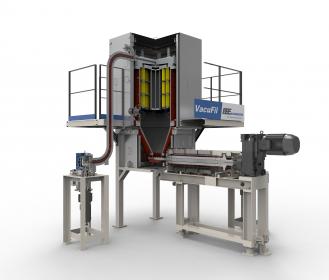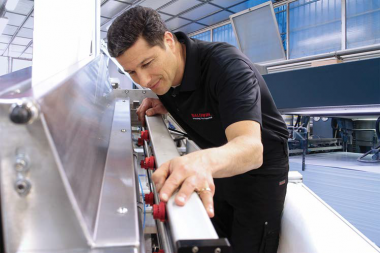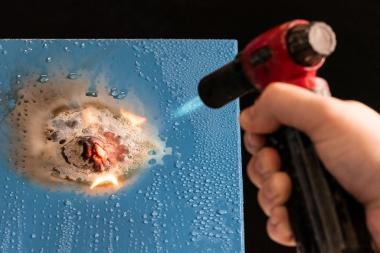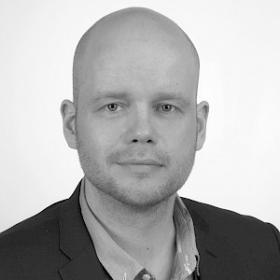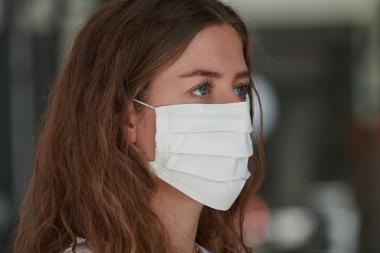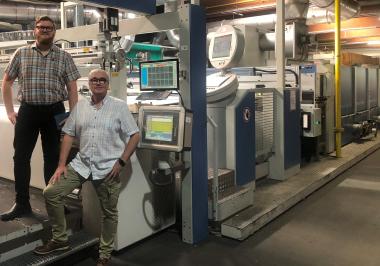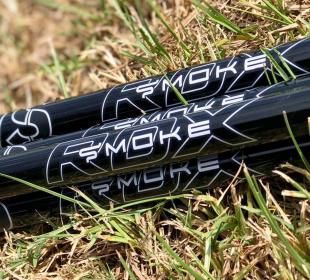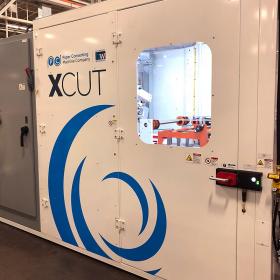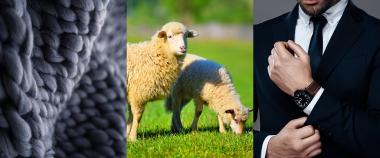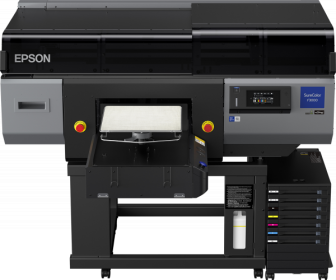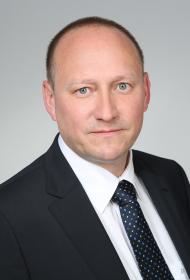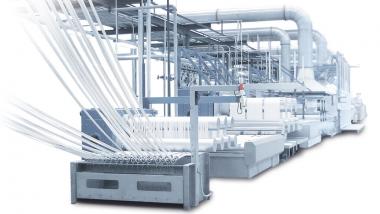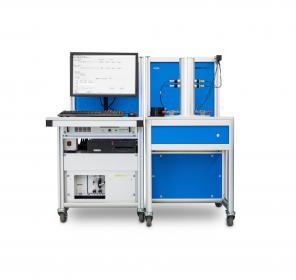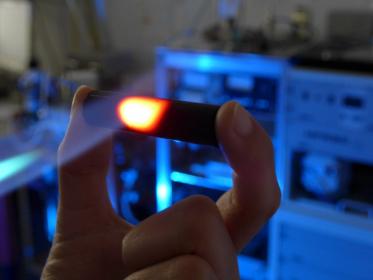Cradle to Cradle Prinzipien bei CHT Gruppe
- Die CHT Gruppe erweitert stetig ihr nachhaltiges Produktsortiment für eine Kreislaufwirtschaft nach Cradle to Cradle Prinzipien
Fortschritt an sich muss nicht zwingend nachhaltig sein. In der CHT Gruppe schon. Aus diesem Grund hat das Unternehmen Fortschritt genauer definiert. Denn die Entwickler und Chemiker aus Tübingen zeigen mit nachhaltigen Innovationen wahren Erfindergeist.
Nach eigenem Selbstverständnis der CHT Gruppe beinhaltet nachhaltige Innovation immer auch eine Komponente der Verantwortung für die Zukunft. Mit jahrzehntelanger Erfahrung entlang der textilen Wertschöpfungskette besitzt die weltweit agierende CHT Gruppe ein unvergleichbar breites Leistungsspektrum mit Fokus auf nachhaltige, ressourcensparende und zukunftsweisende Spezialitätenchemie sowie der effizienten Gestaltung von textilen Prozessen.
Die Kreislaufwirtschaft spielt dabei eine wesentliche Rolle: In der CHT Gruppe ist man überzeugt, dass kreislauffähige Textilprodukte der richtige Weg sind, um Ressourcen zu schonen und dadurch die Umwelt wirksam zu entlasten. Deshalb arbeitet unser Team eng mit Textilherstellern und Marken zusammen, um das gemeinsame Ziel zu erreichen, Abfall und bedenkliche Stoffe entlang des textilen Produktionsprozesses zu vermeiden und damit ökologischere Textilien herzustellen.
Mit dem Cradle to Cradle Ansatz steht ein richtungsweisendes Konzept in der textilen Welt zur Verfügung, das perfekt zur nachhaltigen Strategie des Unternehmens passt: Produkte von Anfang an so zu gestalten, dass sie für den biologischen (kompostierbaren) oder technischen (recyclingfähigen) Kreislauf geeignet sind.
Die CHT Gruppe fokussiert sich auf die Entwicklung von Farbstoffen, Pigmenten und Hilfsmitteln für die Textilveredlung, die rückstandsfrei abgebaut und leicht in den natürlichen Kreislauf zurückgeführt werden können.
Für Textilien, die streng nach dem Cradle to Cradle Prinzip entwickelt und produziert werden sollen, bietet CHT ein umfassendes, ständig wachsendes, kompostierbares Sortiment für die Textilveredelung an. CHT ist es gelungen, mit 57 Textilhilfmitteln und 32 Farbstoffen/Pigmenten die höchste Bewertung, das Platinum Material Health Certificate des Cradle to Cradle Products Innovation Institutes zu erreichen.
Diese Produkte unterstützen Textilhersteller dabei, die Platinumbewertung in der Materialgesundeit, einer von fünf Kategorien des Cradle to Cradle Certified™ Produktstandard auf fertigen Textilien zu erreichen. Dies trägt dazu bei, daß Textilien einen positiven ökologischen Fußabdruck bekommen.
Textilien können durch den Cradle to Cradle Certified™-Produktstandard das entscheidende Differenzierungsmerkmal erhalten. Cradle to Cradle Certified™ ist der weltweit führende, wissenschaftlich basierende Standard für sichere, kreislaufbasierte und nachhaltige Materialien und Produkte. CHT bietet die Möglichkeit der Gestaltung nachhaltiger Textilien von Morgen schon heute und ist damit Teil der Circular Economy.
Cradle to Cradle Certified™ is ein eingetragenes Markenzeichen des Cradle to Cradle Products Innovation Institute.
CHT Germany GmbH







